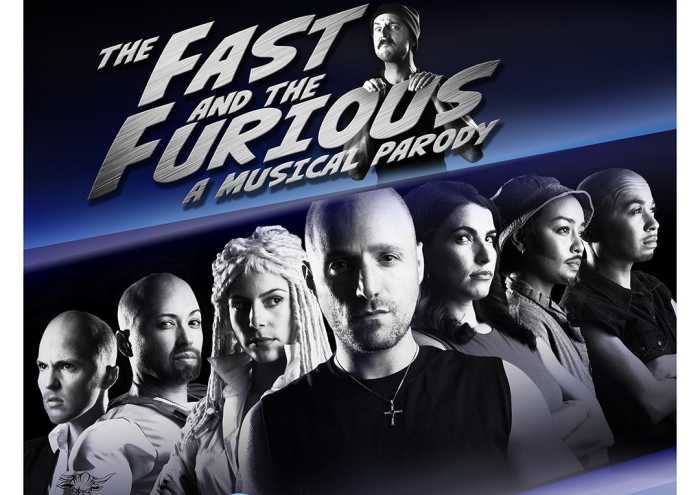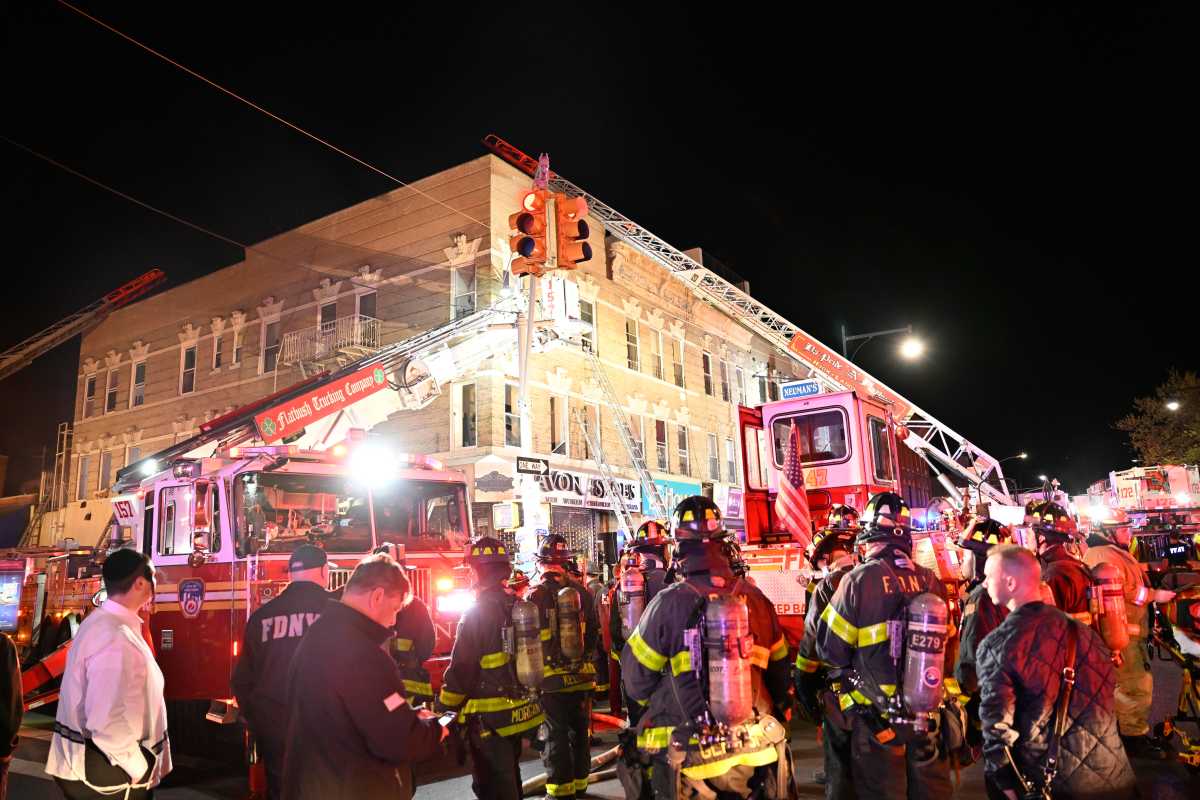There is a new gift under the Rockefeller Center Christmas tree this year: room in Midtown for pedestrians to stretch out.
Ahead of the tree’s lighting Wednesday, visitors and New Yorkers alike welcomed the added pedestrian space carved out for them around the holiday destination. The city has, for the first time, closed two cross streets to vehicular traffic — 49th and 50th Streets — as well as at least two lanes for cars and buses on Fifth Avenue in a temporary strategy to alleviate overcrowded and chaotic sidewalks.
“Less is more, regarding traffic,” said Joe Friedman, a Connecticut resident who commutes to Rockefeller Center for his job in television production as he took a break on 49th Street. “There’s usually much more congestion and you’re fighting for space all the time.”
Josh Gould, a visitor from California, was checking his phone for directions while pushing one of his children in a stroller. His wife carried their other toddler on her shoulders.
“With two kids, it’s kind of nice,” Gould said. “It has not been easy trying to get around.”
With growing mobs of visitors flocking to the tree each year, the city implemented on Black Friday ad-hoc closures of side streets but did not previously restrict traffic on avenues or ever formalize a strategy.
Through the new year, the city will keep those streets and avenue lanes closed each afternoon and evening during the week, with the changes in place through midnight. Those closures take place earlier on weekends.
The plan came with drama.
Its details were first released in an October letter from Department of Transportation to the local community board. Mayor Bill de Blasio reacted frostily, positing that someone at the DOT with an “agenda” had sent the letter prematurely and that plans were not finalized.
After the mayor eventually announced the closures would in fact be coming, advocates for pedestrians and public spaces cheered.
But the MTA, through Transit President Andy Byford, issued a strongly worded statement criticizing the plan for its potential impact on bus service and what he felt was a lack of coordination between the city and the state-controlled transit authority.
Thousands of buses issuing those streets would be impacted, including some that would have to be rerouted, Byford said.
The MTA was less harsh this week.
“So far, so good,” said Craig Cirpriano, the MTA’s head of buses, during an interview Monday.
Cipriano said the first few days of closures—albeit Black Friday and the following weekend—hadn’t brought noticeably different bus speeds and that he was confident the city would be flexible if service took a hit.
The DOT did not respond to multiple requests for comment. But one transit advocacy group seems to think the plan was the smart thing to do.
“If there is a place in Manhattan that really needs this, it’s Rockefeller Center around the holidays,” said Joe Cutrufo, of the advocacy group Transportation Alternatives. “It’s a smart call for any street where pedestrian traffic swells and outnumbers cars.”
Between snapping photos of the tree on a completely barren 49th Street, Randi Greenberg said the added room made Midtown less of a holiday horror.
“As someone who doesn’t drive around here, I think it’s great,” said Greenberg, who commutes to her job in the area from the Bronx. “It gets so congested on the sidewalks that it becomes a nightmare. This is much less nightmarish.”



































